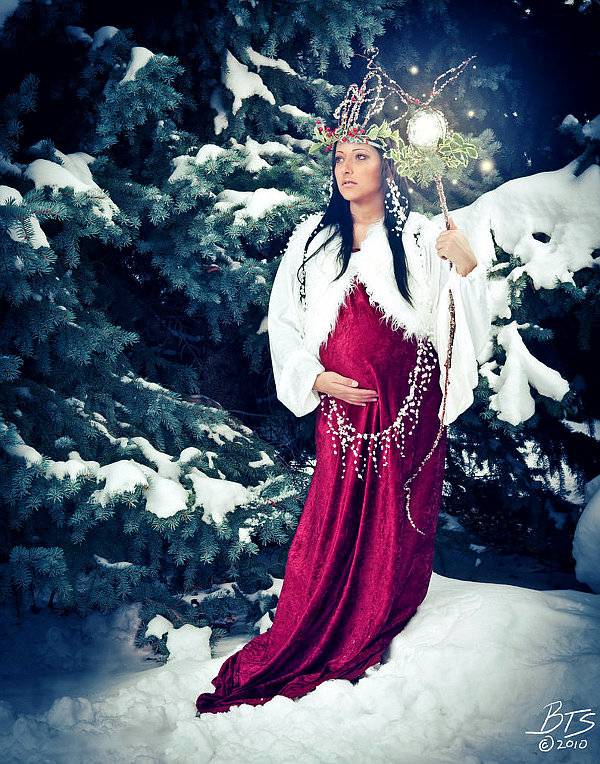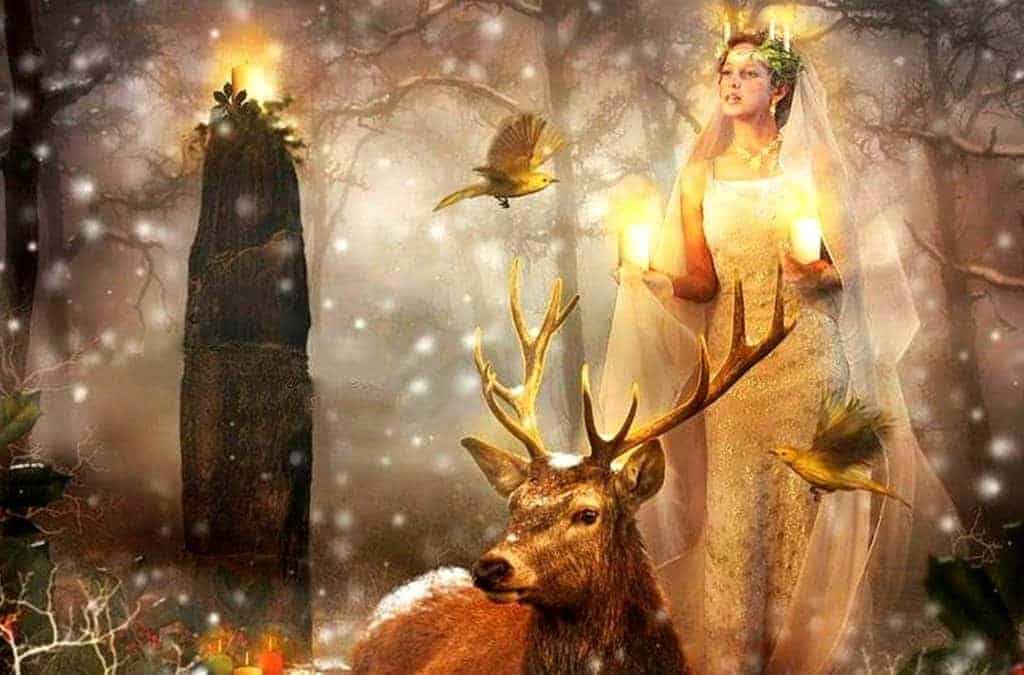Yule is presented as a celebration deeply rooted in Celtic and Nordic traditions, a winter event that honors renewal and the strength of light. The longest night of the year served as a turning point to celebrate the triumph of the sun. Today, its symbols endure in Christmas decorations and the cycle that marks the New Year, showcasing an enduring ancestral legacy.
The Yule Celebration Illuminating Winter Traditions
Yule has endured through the centuries as a commemoration linked to the shortest days and longest nights of the year. Although it originates from Celtic and Nordic customs, its impact has transcended borders to become a reference point within various winter celebrations.
In a period where the winter solstice symbolizes hope and renewal, these ancient communities embraced the celebration with the conviction that light would eventually prevail over darkness.
The Symbolic Value of the Winter Solstice
For European civilizations, this moment marked an essential milestone in the annual calendar. Therefore, festivities were organized around the culmination of one cycle and the birth of another. The underlying symbolism lay in the victory of light over shadows and in the profound union with nature.
Similarly, family bonds were strengthened, and tributes were paid to the divine, recognizing the vital force of the sun and the earth. From Celtic customs to Nordic rituals of the Mother’s Night, the celebration acquired different nuances but always shared the same core: reverence for the luminous force and gratitude for life.
Although each region held its own interpretation of the cold season, there was a common sense of admiration for solar phenomena.
Across the Atlantic, Inti Raymi in South America also embodied the spiritual relationship with the sun god, underscoring the universality of such celebrations. The myths associated with the god Balder in Norse mythology, whose life and death were related to light, reveal how different peoples recognized the importance of a symbolic resurgence.
Similarly, lighting candles and decorating homes with lights or bright ornaments each year-end constitutes a contemporary echo of the ancient Yule rites. Even in modern urban communities, the preservation of certain pagan elements in Christmas and New Year decorations reinforces the persistence of that legacy.
Influence on Christmas and New Year
The winter solstice provided the foundation for incorporating rituals into Christian festivities, a process that gained strength with the expansion of the Church. On the other hand, the date of December 25th, when the Mother’s Night was celebrated in Nordic countries, ended up overlapping with the commemoration of Jesus’ birth.
Thus, pagan customs such as the use of mistletoe and gatherings around a decorated tree merged with Christian values to form Christmas. Ultimately, the family gatherings that characterize both the Christmas season and New Year echo the feasts and hospitality practiced during Yule.
The shift in perspective upon adopting the new religion spurred the integration of Yule into the liturgical calendar.
Even though Yule symbols like the tree, wreath, and candle decorations were reinterpreted, they remained part of popular culture. In this way, the tradition transformed without losing its essence. It is possible to affirm that current winter celebrations are a fusion of pre-Christian and Christian elements, consolidated after centuries of social and religious adaptation.
A Connection with Nature That Transcends Generations

Today, many people choose to revive Yule customs as a way to connect with nature and honor their ancestors. The longest night of the year is considered an opportune moment to reflect, renew inner strength, and express gratitude.
Various communities in Northern Europe and North America, including neopagan groups and practitioners of ancestral religions, have revitalized these celebrations. Additionally, in urban contexts, decorations with natural motifs and special lighting in plazas and parks remind us of the enduring legacy of the ancient solstitial festivities.
One of the symbols that retains its popularity is mistletoe, a symbol of fertility and prosperity since ancient times. The custom of hanging it in homes is associated with good luck, and the kiss under the mistletoe has been adopted as a rite of affection and unity.
At the same time, the decorated pine or fir tree that is now considered an icon of Christmas originated in ceremonies dedicated to life during the harshest season of the year. Although with renewed meanings, these components suggest an emotional bond that transcends any religious differences.
Yule Today: Balance and Gratitude
Reviving the tradition of Yule involves incorporating simple practices that foster solidarity and gratitude. Small rituals such as lighting candles, preparing traditional foods, and making symbolic offerings remind us of the importance of self-care and attachment to natural cycles.
Today, winter festivities in many parts of the world include outdoor markets and fairs, where families and visitors gather to share hot beverages and artisanal products, evoking the camaraderie of ancient celebrations.
The narrative of Yule is based on archaeological records and medieval writings that attest to the importance of the sun in Northern and Celtic cultures.
Fortunately, this ancient celebration is not confined to the past: it maintains relevance in the religious, folkloric, and family manifestations of many parts of the globe. Recognizing the influence of Yule on Christmas and New Year is an invitation to appreciate the immense richness that occurs when cultures intertwine.
Finally, remembering the origin of these rituals and their connection with the environment fosters a sense of belonging that, even in modern times, offers a refuge of hope and light amid the coldest seasons.





